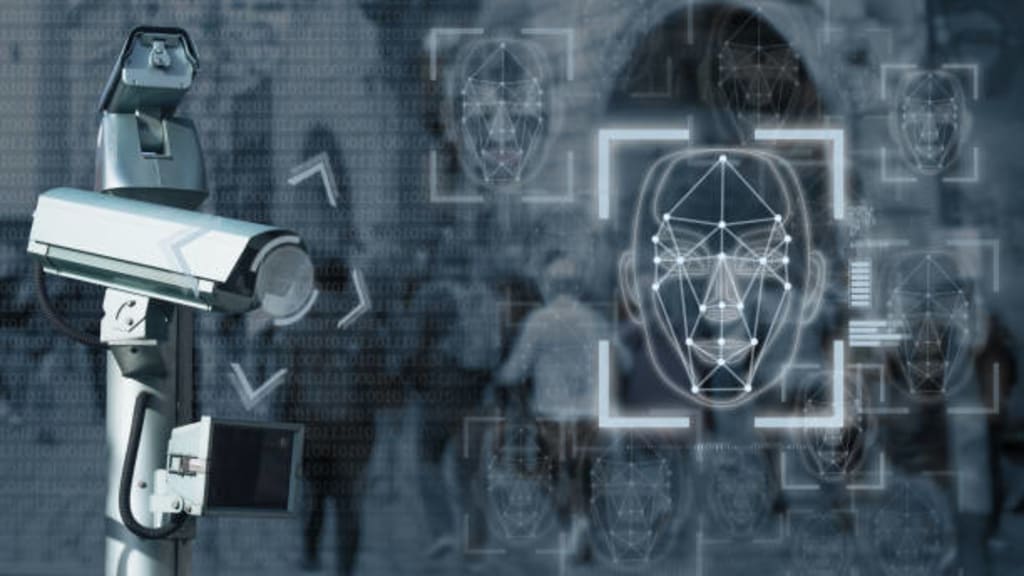How AI helps combat cybercrime
Training data set for security

Artificial Intelligence (AI)-based cybersecurity methodologies have been developed in response to this unprecedented challenge to help AI information security teams tackle data breaches and cyber security threats.
According to a Capgemini Research Institute poll, almost 69% of businesses feel AI plays an active role in combating various types of cybercrimes. Changes in cyber-attacks are rising day by day as technology advances in both directions, and it continues to expand at a rapid pace. Hundreds of billions of time-varying signals must be evaluated depending on the size of your organization in order to correctly quantify risk. As a result, businesses are considering implementing artificial intelligence in cybersecurity.
Threats in the cyber world
The cyber-world is vast and deep. There are billions of websites and services hosted on various platforms across the internet ecosystem. As much as it is easy to launch a presence in the online world; maintaining data security doesn’t come easy and is a tough task.
Some of the frequent cyber threats faced by natives of the online world are:
• Phishing - fake emails requesting personal information and security information.
• Malicious software, such as ransomware, encrypts files and holds them for ransom.
• Website denial-of-service (DDOS) assaults, which are sometimes followed by extortion.
• Hacking of personal or business online accounts.
• Internal data or security breaches within an organization or business.
Cybercrimes can be a challenging task for security experts to deal with. Evolving technologies can turn data security and cyber attacks even tougher to respond to. Hackers are finding new ways to break through the established protocols and steal critical information, often asking for ransom.
Implementing AI in Security
AI has emerged as a dependable alternative to face cyber-world threats. Machine learning and AI are being used to track unlawful and ill-intentioned activities by comparing the actions of entities throughout a similar environment, AI in security camera is frequently used to distinguish "good" from "bad." More advanced AI security systems can go beyond just recognizing good or bad conduct by analyzing large quantities of data and assisting in the piecing together of connected activities that may signal suspicious behavior by anonymous entities.
Businesses are using AI and machine learning-based models for setting up network architecture to prevent cyber crimes and contain attacks. AI security capabilities, when confronted with new or unfamiliar information/behaviors, “learning” based on previous behavior, allows for rapid, actionable context and insights; including making logical inferences based on potentially inadequate data subsets and providing several solutions to a known problem to allow security teams to choose the best course of action.
Artificial intelligence approaches are enhancing overall security architecture and its performance by providing greater protection from a growing variety of complex cyber-attacks when traditional security systems are proving slow and ineffective. Business processes and financial outcomes have already improved for firms that have employed Artificial Intelligence within their internal and external processes. Usage of AI-powered cyber security solutions has also helped in speeding up the growth of data-driven security models across domains.
Also Read : How AI in Security Cameras Provide One-stop Security Surveillance Solutions?
Conclusion
In the near future, we believe AI will be able to foresee events and provide preventative actions in the field of cybersecurity. It is also anticipated that there would be widespread use of countermeasures that will allow businesses to breathe easily and stay prepared in case of a cyberattack.
Furthermore, in terms of cyber security, AI will be able to identify complex assaults, halt them, and prevent future attempts of cybercriminals by establishing their identities and taking action against them. Also, we can expect advanced automated detection systems that discover assaults with a high probability without the significant operating expenses that exist now. Along with this, the availability of automated software vulnerability root cause analysis that can determine why a security flaw exists and how to remedy it - is also anticipated. Some solutions like when an attacker is discovered, automated incident response can successfully throw them off the network or phishing detection never misses or generates a false warning.
Plenty of new developments are expected to emerge in the cybersecurity domain while machine learning and AI continue to be the preferred alternative for combating cybercrimes.
About the Creator
Rayan Potter
6+ years of machine learning and AI experience gathering and supplying training data sets for ML and AI development with quality testing and accuracy.






Comments
There are no comments for this story
Be the first to respond and start the conversation.